While using a dedicated pool vacuum cleaner is the most efficient and thorough way to clean your pool, there are situations where a hose might be your only option.
Understanding the Basics of Pool Vacuuming
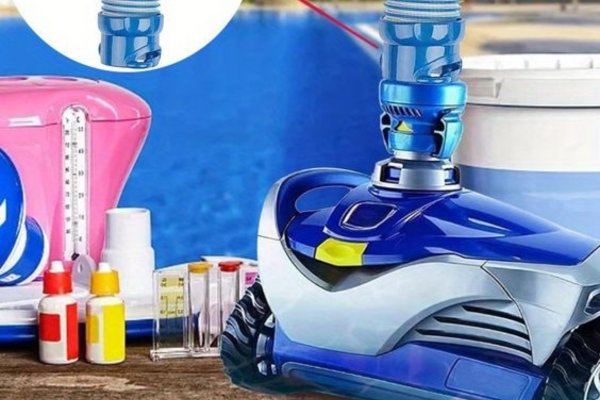
Vacuuming your pool is a crucial maintenance task that ensures your pool remains clean, clear, and safe for use. By removing debris, algae, and dirt, you maintain the pool’s aesthetic appeal and prevent potential damage to the filtration system.
Why Vacuum Your Swimming Pool?
Regular vacuuming removes debris that can cause stains, clog filters, and harbor bacteria. It helps maintain balanced water chemistry, reduces the need for chemical treatments, and extends the life of your pool equipment. A clean pool also enhances the swimming experience by providing a clear and inviting environment.
Differences Between Manual Pool Vacuum and Automatic Pool Cleaner
Manual Pool Vacuum: This setup requires direct operation, typically involving a vacuum head attached to a telescopic pole and connected to a hose. The user manually guides the vacuum across the pool floor and walls. It is cost-effective and provides thorough cleaning but is time-consuming and labor-intensive.
Automatic Pool Cleaner: Using either the pool’s filtration system or an external power source, these devices run independently. They can be suction-side, pressure-side, or robotic cleaners. Automatic cleaners offer convenience and efficiency, automatically covering the entire pool, but they are generally more expensive than manual vacuums.
Components of a Pool Vacuum Setup
Vacuum Head: Attaches to the telescopic pole and is designed to glide along the pool floor and walls, collecting debris.
Telescopic Pole: Extends to reach all areas of the pool and allows for manual control of the vacuum head.
Vacuum Hose: Connects the vacuum head to the pool’s skimmer or dedicated suction port, providing the suction needed to lift debris.
Skimmer/Filter Pump Connection: Where the vacuum hose attaches to create the suction necessary for cleaning.
By understanding these components and the differences between manual and automatic systems, you can efficiently vacuum your pool, ensuring a clean and healthy swimming environment.
Step-by-Step: How to Vacuum a Pool with a Hose
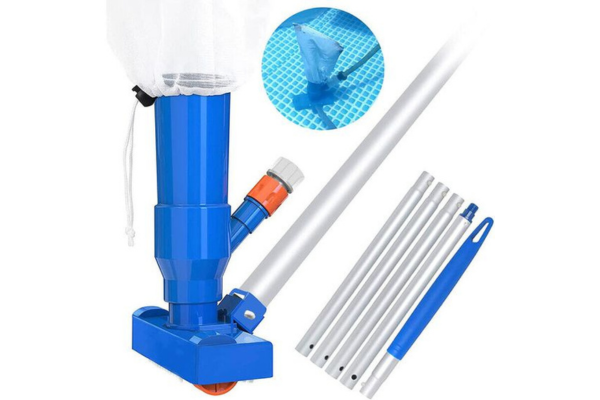
Preparing Your Pool for Vacuuming
Turn Off the Pool Pump
Ensure the pool pump is turned off before starting the vacuuming process to prevent water flow disruptions and ensure a safe setup.
Skim the Surface
Use a pool skimmer to remove any large debris from the water surface. This helps prevent the vacuum hose from clogging during operation.
Assemble Your Equipment
Gather your vacuum head, telescopic pole, and vacuum hose. Ensure all components are clean and in good condition.
Attaching the Vacuum Head and Hose to the Skimmer
Attach the Vacuum Head to the Pole
Connect the vacuum head to the telescopic pole securely. This allows you to maneuver the vacuum across the pool floor.
Attach the Hose to the Vacuum Head
Connect one end of the vacuum hose to the vacuum head. Ensure a tight fit to prevent any loss of suction.
Fill the Hose with Water
Submerge the hose completely in the pool, starting from the vacuum head end. This removes air from the hose and ensures proper suction.
Connect the Hose to the Skimmer
Insert the other end of the hose into the skimmer’s suction port. You may need to remove the skimmer basket and attach a vacuum plate to create a secure connection.
Moving the Vacuum Across the Bottom of Your Pool
Turn On the Pool Pump
Once the hose is securely connected, turn the pool pump back on. Check for proper suction at the vacuum head.
Vacuum the Pool Floor
Move the vacuum head slowly across the bottom of the pool, overlapping each pass to ensure thorough cleaning. Avoid rushing to prevent stirring up debris and clouding the water.
Clean the Pool Walls
Use the telescopic pole to maneuver the vacuum head along the pool walls, removing any debris or algae.
By following these steps, you can efficiently vacuum your pool using a hose, ensuring a clean and well-maintained swimming environment.
Choosing the Right Vacuum Hose and Head for Your Pool
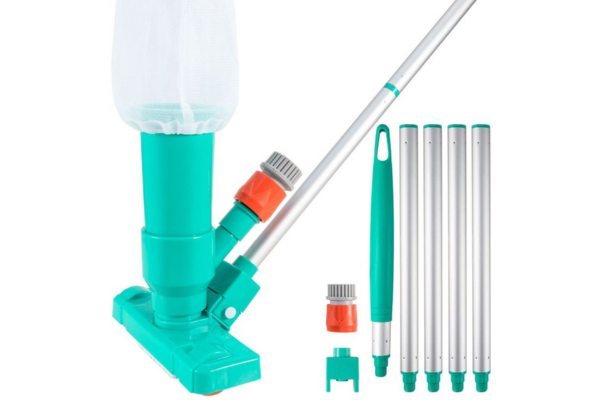
Types of Vacuum Hoses and How to Choose the Best One
Selecting the appropriate vacuum hose is crucial for ensuring efficient pool cleaning. Here are the main types of vacuum hoses:
Standard Hoses
- Description: Basic hoses made from durable plastic.
- Best for: residential pools with moderate debris.
- Considerations: Ensure the hose length is sufficient to cover your pool’s dimensions.
Heavy-Duty Hoses
- Description: Reinforced with stronger materials to withstand rigorous use.
- Best for: pools with heavy debris or commercial pools.
- Considerations: These hoses are more resistant to punctures and UV damage, offering greater longevity.
Swivel Cuff Hoses
- Description: Equipped with swivel cuffs to prevent tangling and kinking.
- Best for: pools with many obstacles or irregular shapes.
- Considerations: The swivel feature enhances maneuverability, ensuring smooth operation.
Spiral Wound Hoses
- Description: Feature a spiral wound construction for added strength and flexibility.
- Best for: pools requiring a balance of durability and flexibility.
- Considerations: These hoses provide consistent suction without kinking.
Understanding Different Vacuum Heads and Their Uses
Choosing the right vacuum head depends on the specific needs of your pool.
Flexible Vacuum Heads
- Description: Made with flexible plastic and multiple wheels.
- Best for: pools with irregular surfaces.
- Uses: Provides better contact with the pool floor, ensuring thorough cleaning.
Weighted Vacuum Heads
- Description: Contain weights to keep them submerged.
- Best for: All types of pools.
- Uses: ensures the vacuum head stays on the pool floor, preventing floating and maintaining strong suction.
Brush Vacuum Heads
- Description: Equipped with brushes on the bottom.
- Best for: pools with algae or stubborn dirt.
- Uses: The brushes scrub surfaces while vacuuming, providing a deeper clean.
Triangular Vacuum Heads
- Description: triangular shape for better corner cleaning.
- Best for: pools with sharp corners.
- Uses: Easily reaches and cleans corners and other hard-to-reach areas.
By understanding the different types of vacuum hoses and heads and their specific uses, you can select the best equipment to keep your pool clean and well-maintained.
Tackling Common Pool Vacuuming Challenges
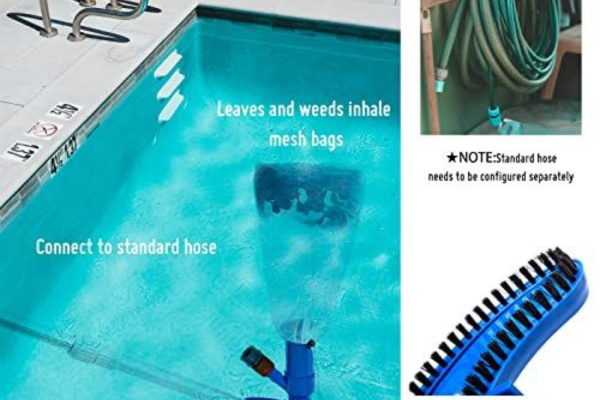
What to Do if Your Pool Vacuum Loses Suction
If your pool vacuum loses suction, follow these steps to diagnose and resolve the issue:
Check for blockages
Inspect the vacuum hose, skimmer basket, and pump basket for debris that may be obstructing water flow.
Clear any blockages to restore suction.
Inspect Hose Connections
Ensure all hose connections are tight and secure. Loose connections can cause air leaks, reducing suction power.
Reattach any loose connections and check for wear or damage.
Examine the Filter
A dirty or clogged filter can impede water flow, reducing suction. Clean or backwash the filter according to the manufacturer’s instructions.
Replace the filter media if necessary.
Check the Pump
Verify that the pool pump is functioning correctly and that the impeller is free of debris.
Clean the pump basket and impeller to ensure optimal performance.
How to Avoid Common Mistakes When Vacuuming Your Pool
To ensure efficient and effective pool vacuuming, avoid these common mistakes:
Skipping Pre-Vacuum Preparation
Always skim the pool surface to remove large debris before vacuuming. This prevents clogging and reduces strain on the vacuum system.
Rushing the Process
Move the vacuum head slowly across the pool floor. Moving too quickly can stir up debris, making it more difficult to clean effectively.
Ignoring Hose Maintenance
Regularly inspect the vacuum hose for cracks, splits, or kinks. Address any issues promptly to maintain consistent suction.
Neglecting Filter Maintenance
Clean or backwash the filter regularly to ensure it operates efficiently. A dirty filter can significantly reduce suction power.
Solutions for Vacuuming a Pool with a Sand Filter
Vacuuming a pool with a sand filter requires specific steps to maintain filter efficiency and water clarity.
Set the Multiport Valve to the Correct Position
Before vacuuming, set the multiport valve to the “Filter” position for routine cleaning. If the pool is particularly dirty, use the “Waste” setting to bypass the filter and prevent clogging.
Monitor Filter Pressure
Keep an eye on the filter pressure gauge while vacuuming. If the pressure rises significantly, stop vacuuming and backwash the filter to restore proper flow.
Backwash After Vacuuming
After vacuuming, backwash the sand filter to remove any debris that may have been collected. This helps maintain filter efficiency and water clarity.
By addressing suction issues, avoiding common mistakes, and following specific steps for sand filter systems, you can effectively tackle common pool vacuuming challenges and maintain a clean, inviting pool.
Maintaining Your Pool Post-Vacuuming
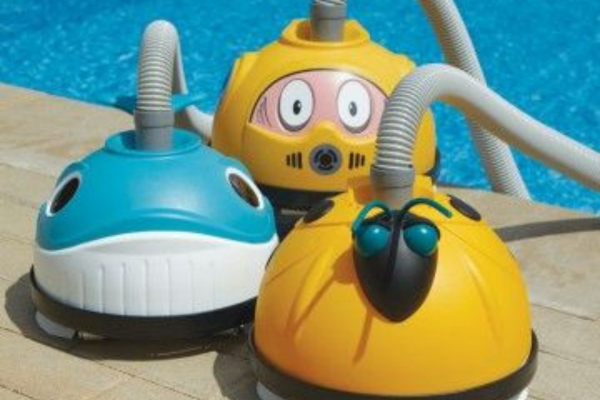
How to Clean and Store Your Manual Pool Vacuum
Proper care and storage of your manual pool vacuum ensure its longevity and optimal performance. Follow these steps after each use:
Rinse the Equipment
Thoroughly rinse the vacuum head, hose, and telescopic pole with clean water to remove any residual chemicals and debris. This prevents buildup that can degrade the equipment over time.
Inspect for Damage
Examine all components for signs of wear, such as cracks, splits, or kinks. Address any minor issues promptly to prevent further damage.
Dry Completely
Allow all parts to dry completely before storage to prevent mold and mildew growth.
Store Properly
Store the vacuum head, hose, and pole in a cool, dry place away from direct sunlight. Use a hose reel or dedicated storage container to keep the hose coiled loosely and prevent kinks.
Tips for Regular Pool Maintenance to Reduce the Need for Vacuuming
Consistent pool maintenance can significantly reduce the frequency of vacuuming required. Implement the following practices:
Skim and Brush Regularly
Skim the pool surface daily to remove leaves, insects, and other debris. Brush the pool walls and floor weekly to prevent algae buildup and loosen dirt.
Maintain Proper Water Chemistry
Regularly test and balance the pool water’s pH, alkalinity, and sanitizer levels. Proper chemical balance prevents algae growth and keeps the water clear.
Clean the Filter System
Backwash or clean the pool filter according to the manufacturer’s recommendations. A clean filter maintains efficient water circulation and helps trap debris.
Use a Pool Cover
Cover the pool when not in use to prevent debris from entering the water. A pool cover also helps maintain water temperature and reduces evaporation.
Check and Maintain Equipment
Regularly inspect the pool pump, skimmer, and other equipment to ensure they are functioning correctly. Promptly repair or replace any faulty components to maintain optimal water circulation.
By following these steps for cleaning and storing your manual pool vacuum and implementing regular maintenance practices, you can keep your pool clean and inviting while reducing the need for frequent vacuuming.
Upgrading to an Automatic Pool Cleaner: What You Need to Know

Benefits of Switching from Manual Vacuuming to an Automatic Pool Cleaner
Upgrading to an automatic pool cleaner offers several advantages over manual vacuuming:
Time Efficiency
Automatic pool cleaners operate independently, saving significant time compared to manual vacuuming. They can clean the pool while you attend to other tasks, enhancing overall efficiency.
Consistent Cleaning
Automatic cleaners provide consistent and thorough cleaning, covering the entire pool surface, including the floor, walls, and waterline. This consistency helps maintain optimal water quality and reduces the frequency of manual interventions.
Energy Savings
Many modern automatic pool cleaners are designed to be energy-efficient, using less power than manual cleaning methods. This can result in cost savings on your energy bills.
Improved Filtration
Automatic cleaners often come with their own filtration systems, reducing the load on the pool’s main filter. This can extend the life of your pool’s filtration system and improve overall water circulation.
How to Select the Right Automatic Pool Vacuum for Your Swimming Pool
Choosing the right automatic pool cleaner involves considering several factors to ensure optimal performance for your specific pool:
Pool Size and Type
Consider the size and shape of your pool. Larger pools may require a more powerful cleaner with a longer hose or cord. For irregularly shaped pools, a cleaner with advanced navigation features is recommended.
Cleaner Type
There are three main types of automatic pool cleaners: suction-side, pressure-side, and robotic cleaners.
- Suction-Side Cleaners: Attach to the pool’s existing filtration system and use the suction power to move around the pool and collect debris.
- Pressure-Side Cleaners: Connect to the return jet of the pool and use the water pressure to move and collect debris into an attached filter bag.
- Robotic cleaners are self-contained units with their own filtration systems and motors. They are highly efficient and offer advanced cleaning capabilities, including programmable cleaning cycles.
Debris Type
Consider the type of debris typically found in your pool. Some cleaners are better suited for fine particles, while others can handle larger debris like leaves and twigs. Choose a cleaner that matches your pool’s debris profile.
Ease of Maintenance
Evaluate the ease of maintaining the cleaner. Some models feature easy-to-clean filter bags or cartridges, reducing the time and effort required for maintenance.
Budget
Automatic pool cleaners vary significantly in price. Determine your budget and compare features within that range to find a cleaner that offers the best value for your investment.
By understanding the benefits of automatic pool cleaners and considering factors such as pool size, cleaner type, debris type, maintenance, and budget, you can select the right automatic pool vacuum to keep your pool clean and well-maintained with minimal effort.

Meet David Thomas, a seasoned professional with nearly 8 years of experience specializing in inspecting and resolving issues related to swimming pools. With his expertise and meticulous attention to detail, David ensures the safety and functionality of pools, making them a refreshing oasis for all to enjoy. Whether it’s troubleshooting equipment or maintaining water quality, David’s proficiency guarantees top-notch solutions tailored to meet every pool owner’s needs.
